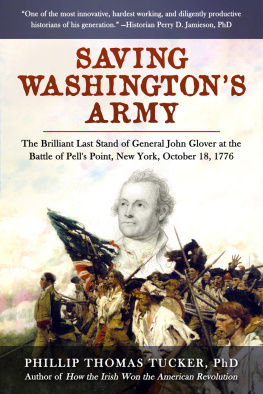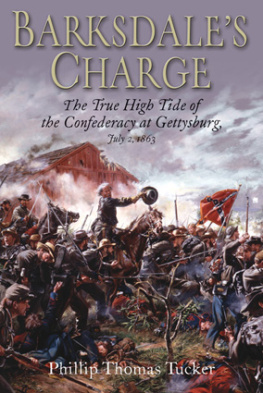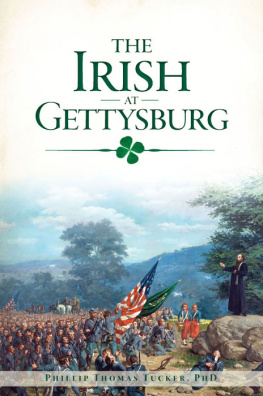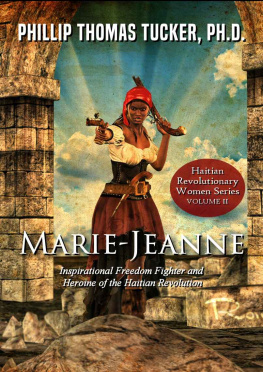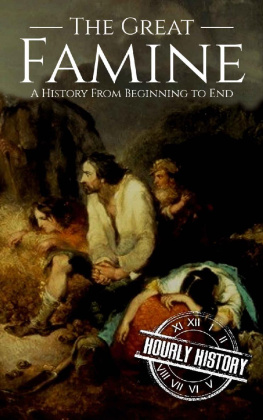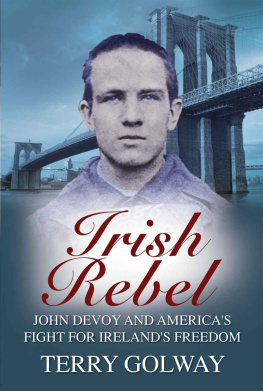We offer to read an annotation, description, summary or preface (depends on what the author of the book "The Confederacys fighting chaplain: Father John B. Bannon" wrote himself). If you haven't found the necessary information about the book — write in the comments, we will try to find it.
The Confederacys Fighting Chaplain is the remarkable story of the Irishman who brought the Bible and his own resourcefulness and daring to both the battlefield and the diplomatic fielda story that has been largely ignored for more than 130 years. The biography of John B. Bannon also chronicles the forgotten Southernersthe Irish immigrants of the Confederacywhose colorful and crucial role in the Civil War has been seriously neglected. John B. Bannon was born in Ireland in 1829 and raised in peat-bog country. Educated at the Royal College of St. Patrick at Maynooth, he was ordained a priest in May 1853. Ireland was still suffering from the effects of the Potato Famine, which caused thousands of Irish to emigrate to the United States. In response to the need for Roman Catholic priests to minister to Americas immigrant population, Father Bannon was sent to the Archidiocese of St. Louis, Missouri, shortly after his ordination. Many of the Irish parishioners of St. Louis lived in a crowded corner of the city without money, assistance or land. Father Bannon soon became a leading civic and religious figure in St. Louis. An impressive character, he was described as a handsome man, over six feet in height, with splendid form and intellectual face, courteous manners, and of great personal magnetism, conversing entertainingly and with originality and great wit, in a manner all his own. By 1860, Missouri contained the second largest Irish population and the largest German population in the Southern and border states, and when the war reached Missouri, Father Bannon volunteered to serve on the battlefield by tending to the wounded and dying. During the war he served as chaplain-soldier in perhaps the finest combat unit on either sidethe First Missouri Confederate Brigade. He impressed his fellow Confederates by attending the wounded at the front lines during battle, while most chaplains stayed to the rear. This tall, athletic man was a striking figure with his slouch had and butternut-colored uniform with a red cloth cross on the left shoulder. Various accounts praised the chaplain: A veteran wrote that the chaplain was everywhere in the midst of battle when the fire was heaviest and the bullets thickest. General Sterling Price wrote: The greatest soldier I ever saw was Father Bannon. In the midst of the fray he would step in and take up a fallen soldier. After the fall of Vicksburg, where Bannon had worked under dangerous fire, he journeyed to Richmond and received recognition and special diplomatic duties from President Jefferson Davis. Bannon conceived a brilliant strategy to gain recognition for the Confederacy from Pope Pius IX and thus open the door for recognition from Britain and France. On a mission for Davis he acted as a secret agent in Ireland during an all-important clandestine effort to stop the flood of Irish immigrants pouring into the Union armies at a critical timebefore the decisive campaigns of 1864. After the war he joined the Jesuit order in Ireland, where he served until his death in 1913. The story of Father Bannon is indeed the story of the Missouri Irish Confederates, whose role in the conflict likewise has been neglected. Without doubt, Father Bannon stands out as an important religious-diplomatic personality of the Confederacy. Few men played such a distinguished and diverse role during the Civil War.


